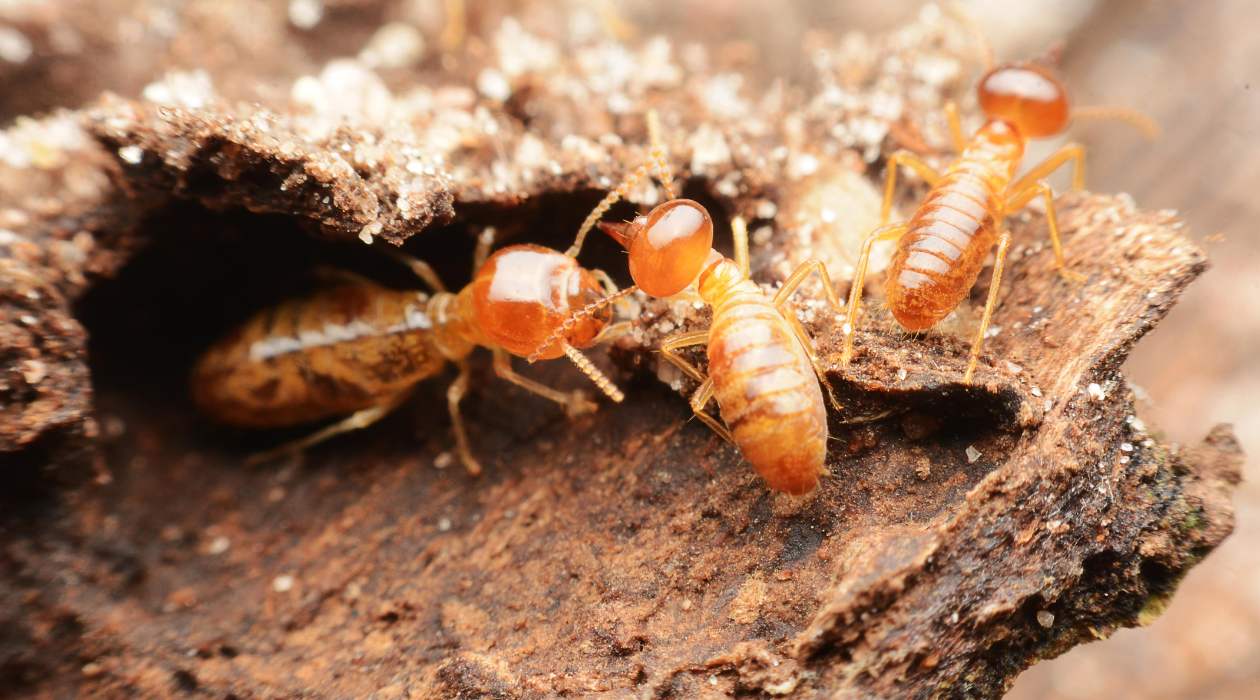

Articles
How To Get Rid Of Termites In The Attic
Modified: December 7, 2023
Learn effective methods and solutions to eliminate termites in your attic with our informative articles. Protect your home from termite damage today.
(Many of the links in this article redirect to a specific reviewed product. Your purchase of these products through affiliate links helps to generate commission for Storables.com, at no extra cost. Learn more)
Introduction
Termites, those tiny yet destructive pests, can wreak havoc in our homes. One area that is particularly susceptible to termite infestations is the attic. It’s a dark, warm and often undisturbed space that serves as a perfect breeding ground for these unwanted visitors. If left untreated, termites can cause significant structural damage and lead to costly repairs.
In this article, we will discuss the signs of termite infestation in the attic, the types of termites commonly found in attics, the damage they can cause, and most importantly, how to get rid of them. Whether you are a homeowner or a renter, being aware of the presence of termites in your attic and taking prompt action is crucial to prevent further damage and maintain the integrity of your home.
If you suspect a termite infestation or want to take preventive measures, read on to learn about the different treatment options and techniques available to eliminate these pesky insects from your attic.
Key Takeaways:
- Protect your home by recognizing signs of termite infestation in the attic, implementing preventive measures, and seeking professional pest control services for effective and targeted treatment plans.
- Natural remedies and chemical treatments offer options for termite removal in the attic, but consulting with experts ensures safe and thorough eradication, safeguarding your home from costly damage.
Read more: How To Get Rid Of Bats In The Attic
Signs of Termite Infestation in the Attic
Detecting a termite infestation in your attic can be tricky since it is an area that is rarely accessed. However, there are some telltale signs that can indicate their presence. Here are the key signs to look out for:
- Visible Termite Swarms: If you spot flying termites, also known as alates or swarmers, in your attic, it is a clear indication of a termite infestation. These winged termites are reproductive individuals that leave the colony to start new ones. They are attracted to sources of light, so if you see them flying around or near windows, it’s time to take action.
- Mud Tubes or Tunnels: Termites build mud tubes, also called shelter tubes, as a means of transportation and protection. These tubes are made of soil, saliva, and their fecal matter. Check for the presence of mud tubes on wooden surfaces, walls, or ceilings in the attic. They are about the width of a pencil and can extend from the ground to the infested area.
- Wood Damage: Termites feed on wood and can cause extensive damage if left unchecked. Look for signs of wood damage in your attic, such as hollow-sounding or weakened wooden structures. Termites typically eat wood from the inside out, so tap on surfaces and listen for a hollow sound. If you notice blistered or sagging paint on wooden surfaces, it could be a sign of termite activity.
- Piles of Wings: After swarming, termites shed their wings. If you find piles of discarded wings in your attic, it is a clear indication that termites have been present. Wings are relatively fragile and are often found near windowsills, light fixtures, or other entry points.
- Frass or Termite Droppings: Termites produce tiny droppings called frass. These droppings resemble sawdust or powdered wood and are often found near infested areas. Check for any accumulation of frass on the attic floor or around wooden structures.
- Noises: In some cases, you may be able to hear clicking or tapping sounds inside the walls or ceiling of your attic. These noises are created by worker termites as they communicate and forage for food.
It’s important to note that termite infestations can vary in severity, and the presence of one or more of these signs does not necessarily mean you have a full-blown infestation. However, it is always recommended to consult with a professional termite inspector to assess the extent of the problem and determine the appropriate course of action.
Types of Termites Found in Attics
Various species of termites can infest attics, each with its own characteristics and behavior. Here are some of the most common types of termites found in attics:
- Subterranean Termites: These termites are the most destructive and widespread species in the United States. Subterranean termites build their nests underground but can easily access attics through cracks, crevices, or gaps in the foundation. They require moisture to survive and often construct mud tubes to maintain a humid environment while foraging for food.
- Dampwood Termites: Dampwood termites are attracted to moist and decaying wood. They typically infest attics that have experienced water leaks or excess humidity. These termites do not require direct contact with soil and can survive by obtaining moisture from the wood they consume.
- Drywood Termites: Unlike subterranean termites, drywood termites do not need contact with soil or moisture to survive. They infest dry wood, including the lumber used in attics. Drywood termites enter attics through cracks in the exterior walls, vents, or even by being carried in infested furniture. They create galleries within the wood, feeding on the cellulose present.
- Formosan Termites: Formosan termites are a particularly aggressive species and can quickly cause extensive damage. They are often found in warm and humid areas. Though less common in attics, they can infest attic spaces if there are suitable entry points and a conducive environment for their survival.
- Powderpost Termites: Powderpost termites infest hardwoods and can be found in attics that contain wooden furniture, fixtures, or rafters made from susceptible hardwood species. They derive their name from the powdery consistency of the frass they produce, which resembles fine sawdust.
It’s important to identify the specific type of termite infestation in your attic, as this information can help determine the most effective treatment method. Consulting with a professional pest control service can ensure accurate identification and appropriate action against the specific termite species in your attic.
Damage Caused by Termites in Attics
Termites, despite their small size, can cause significant damage to the structural integrity of your home. When it comes to the attic, here are some of the potential damages caused by termite infestations:
- Wood Destruction: Termites feed on wood, and their primary source of sustenance is the cellulose present in wooden structures. As they tunnel through the wood, they weaken its structural integrity, compromising its strength. This can lead to sagging roofs, weakened floors, or even collapse in extreme cases.
- Damage to Insulation: Attics often contain insulation materials to regulate temperature and energy efficiency. Termites can cause damage to insulation by tunnelling through it or using it as a nesting material. This compromises the insulation’s effectiveness, leading to higher energy bills and reduced comfort in the home.
- Compromised Roofing: In severe termite infestations, termites may reach the roof structure. They can damage roof beams, trusses, or rafters, compromising the roof’s stability and potentially leading to leaks, water damage, or, in extreme cases, roof collapse.
- Electrical Damage: Termites are attracted to sources of warmth and moisture, making electrical wiring in the attic vulnerable to their infestation. They may chew through electrical wires, posing a fire hazard and potential electrical failures.
- Decreased Property Value: A termite infestation in the attic can significantly reduce the value of your property. Potential buyers will be wary of purchasing a home with a history of termite damage, and you may face difficulties in selling your property or may have to settle for a lower selling price.
- Secondary Mold Infestation: Termites thrive in moist environments, and their activity often leads to increased humidity levels in attics. This excess moisture can create a conducive environment for mold growth. Mold can cause further damage to the structure and also pose health risks to the occupants.
In order to minimize these potential damages, prompt action should be taken upon discovering a termite infestation in the attic. Hiring a professional pest control service and implementing effective treatment methods are essential to mitigate further destruction and protect the integrity of your home.
Preventive Measures for Termite Infestation
Preventing a termite infestation in your attic is crucial to safeguarding your home and avoiding costly repairs. Here are some preventive measures you can take:
- Maintain Proper Ventilation: Ensure that your attic is well-ventilated to reduce humidity levels. Good airflow helps to discourage termite activity, as they thrive in moist environments. Install vents and exhaust fans to promote air circulation.
- Seal Entry Points: Inspect your attic for any cracks, gaps, or openings that could serve as entry points for termites. Seal these gaps with caulk or use weatherstripping to prevent termites from gaining easy access into your home.
- Trim Vegetation: Termite colonies can be located near trees or shrubs on your property. Trim any vegetation that comes into contact with the roof or walls of your house. This reduces the likelihood of termites bridging from vegetation to the structure of your home.
- Keep Wood Away from the House: Avoid stacking firewood or storing wooden materials near the exterior walls of your home, including the attic. Termites can easily infest the stored wood and then spread to your house.
- Address Moisture Issues: Fix any water leaks or plumbing issues in the attic promptly. Termites are attracted to moisture, and a damp environment increases the risk of infestation. Ensure that gutters are clear and slope away from the house to prevent water accumulation near the foundation.
- Regular Inspections: Conduct regular inspections of your attic, paying close attention to wooden structures, walls, and ceilings. Look for signs of termite activity such as mud tubes, frass, or damaged wood. Early detection can help prevent a small infestation from turning into a major problem.
- Professional Inspection: Consider hiring a professional termite inspector to conduct a thorough inspection of your home. They have the knowledge and expertise to identify potential risk areas and provide you with recommendations for termite prevention specific to your property.
Remember, prevention is key when it comes to termites. By implementing these preventive measures, you can significantly reduce the risk of a termite infestation in your attic and protect your home from the costly damage they can cause.
Tip: To get rid of termites in the attic, start by identifying the source of the infestation. Then, use a combination of liquid termiticide and termite bait stations to eliminate the colony. It’s important to also address any moisture issues in the attic to prevent future infestations.
Read more: How To Get Rid Of Crickets In The Attic
Natural Remedies to Get Rid of Termites in Attic
When it comes to termite infestations in the attic, there are several natural remedies you can try before resorting to chemical treatments. These remedies are less harmful to the environment and can help eradicate termites effectively. Here are some natural methods to consider:
- Cardboard Traps: Place wet cardboard traps in the attic near areas of termite activity. Termites are attracted to cellulose in the cardboard and will gather on it. Once they have clustered on the cardboard, remove and destroy it, eliminating a portion of the termite population.
- Diatomaceous Earth: Sprinkle food-grade diatomaceous earth around areas of termite activity in the attic. This natural substance has microscopic sharp edges that damage the exoskeleton of termites, leading to dehydration and death. Be sure to wear protective gear when handling diatomaceous earth.
- Beneficial Nematodes: Beneficial nematodes are microscopic worms that feed on termites. You can introduce these nematodes into the attic by watering the area with a solution containing them. The nematodes will seek out the termites and kill them, helping to eliminate the infestation.
- Orange Oil: Orange oil is an extract from orange peels that contains an active ingredient called d-limonene. It has termicidal properties and can effectively kill termites on contact. Apply orange oil directly to infested areas or use it as a spray. However, keep in mind that orange oil is flammable, so use caution when applying it.
- Vinegar: Vinegar is known for its acidic properties, which can be effective against termites. Mix equal parts of vinegar and water and spray the solution in areas where termite activity is observed. Repeat this process daily until the termites are eliminated.
- Boric Acid: Boric acid is a natural insecticide and can be an effective treatment for termites. Apply a thin layer of boric acid powder to infested areas in the attic. The termites will carry the powder back to their colony, poisoning other termites and ultimately eliminating the infestation.
- Sunlight and Heat: Termites are sensitive to extreme temperatures and sunlight. Expose infested wooden structures in the attic to direct sunlight for a few days. This can help kill termites and discourage their activity. Additionally, using heat treatments, such as solar-powered fans or heaters, can be an effective way to control termite populations in the attic.
While these natural remedies can be effective for small termite infestations, it is important to note that severe or extensive infestations may require professional intervention. If the infestation persists or worsens after trying natural remedies, it is recommended to consult with a professional pest control service to address the issue effectively.
Chemical Treatment Options for Termite Infestation in Attic
For severe or persistent termite infestations in the attic, chemical treatments may be necessary to effectively eliminate the termites. Here are some common chemical treatment options:
- Liquid Termiticides: Liquid termiticides are soil treatments that form a chemical barrier around the foundation of the house. They are designed to repel and kill termites that come into contact with the treated soil. Liquid termiticides can be applied by professional pest control technicians by injecting the chemical into the ground around the perimeter of the house or directly into termite galleries.
- Tenting and Fumigation: Tenting and fumigation are commonly used for severe termite infestations. The process involves enclosing the entire structure, including the attic, in a large tent and introducing a gaseous pesticide. The fumigant penetrates all areas of the building, effectively killing termites and other pests. This method requires professional expertise and proper preparation to ensure safety and efficacy.
- Bait Systems: Termite bait systems consist of underground stations that contain cellulose-based bait material combined with slow-acting termiticides. The stations are strategically installed around the perimeter of the house or in the attic. Termites feed on the bait and carry it back to the colony, spreading the poison and eliminating the infestation. Regular monitoring and maintenance of bait stations are necessary for long-term termite control.
- Foam Injections: Foam insecticides can be used to treat localized infestations in hard-to-reach areas, such as cracks and crevices in the attic. The foam expands and fills voids, reaching hidden termite galleries. The insecticide in the foam kills the termites on contact and leaves a residual effect to eliminate any remaining termites.
- Wood Treatments: Wood treatments involve applying liquid termiticides directly to infested wood or using pressure-treated lumber. This helps to protect the wood from further termite damage and prevent new infestations. Wood treatments are commonly used during construction or when replacing infested wood in the attic.
It’s important to note that chemical treatments should be carried out by trained professionals to ensure effective application and minimize health and environmental risks. Consulting with a licensed pest control company is crucial to determine the most appropriate chemical treatment option for your specific termite infestation in the attic.
In some cases, a combination of natural remedies and chemical treatments may be necessary for complete termite eradication. Working with a professional pest control service will ensure that the appropriate treatment strategy is implemented to fully address the termite infestation and protect your home.
Professional Pest Control Services for Termite Removal in Attic
When faced with a termite infestation in the attic, seeking the assistance of a professional pest control service is highly recommended. Here’s why professional pest control services are essential for effective termite removal:
- Expertise and Experience: Professional pest control technicians have extensive knowledge and experience in dealing with termite infestations. They can accurately assess the extent of the infestation, identify the termite species, and determine the most appropriate treatment methods for your specific situation. Their expertise allows them to efficiently and effectively eliminate termites from your attic.
- Targeted Treatment Plans: Each termite infestation is unique and may require a customized treatment plan. Professional pest control services can create a targeted treatment plan tailored to your specific needs. They will consider the severity of the infestation, the type of termites, the construction of your attic, and any environmental factors to develop an effective strategy for termite removal.
- Access to Professional-Grade Products: Professional pest control services have access to specialized, professional-grade products and equipment that are not available to the general public. These products are specifically formulated to eliminate termites effectively while minimizing risks to humans and the environment.
- Safe and Proper Application: Applying termite control products requires proper knowledge and techniques to ensure safety and efficacy. Pest control technicians are trained in the safe and proper application of termiticides, ensuring that the treatment is carried out effectively without posing health risks to you or your family.
- Follow-Up Inspections: Professional pest control services often provide follow-up inspections to monitor the success of the treatment and ensure that the termites have been completely eradicated. They will conduct regular inspections of the attic to check for any signs of termite activity and take necessary actions if a reinfestation occurs.
- Guaranteed Results: Hiring a reputable pest control service typically comes with a guarantee or warranty for their services. This means that if termite activity persists after treatment, they will return to reevaluate and provide additional treatment if necessary. This guarantee gives you peace of mind, knowing that the professionals stand behind their work.
Dealing with a termite infestation in the attic can be complex and challenging. By enlisting the help of professional pest control services, you can ensure that the infestation is accurately diagnosed and effectively treated, minimizing further damage to your home and providing long-term termite control.
Conclusion
Termites are relentless pests that can cause extensive damage to your home, especially in the attic. Being aware of the signs of termite infestation, understanding the types of termites commonly found in attics, and recognizing the damage they can cause is crucial in protecting your property.
There are several preventive measures you can take to reduce the risk of termite infestations in the attic. Maintaining proper ventilation, sealing entry points, trimming vegetation, and addressing moisture issues are all important steps in termite prevention. Regular inspections and professional termite inspections are essential for early detection and prompt action.
If a termite infestation is detected in your attic, you have a range of options to consider. Natural remedies can be effective for small infestations and are environmentally-friendly alternatives. However, for severe or persistent infestations, chemical treatments may be necessary. It is recommended to consult with professional pest control services to determine the most appropriate treatment plan.
Professional pest control services bring expertise, experience, and access to specialized products and equipment for effective termite removal. Their targeted treatment plans, safe application techniques, and follow-up inspections ensure that the infestation is fully eradicated and future reinfestations are prevented.
In conclusion, it is important to be proactive in protecting your home from termite infestations in the attic. By implementing preventive measures, seeking professional help when necessary, and staying vigilant through regular inspections, you can mitigate the risks of termite damage and maintain the integrity and value of your property.
Frequently Asked Questions about How To Get Rid Of Termites In The Attic
Was this page helpful?
At Storables.com, we guarantee accurate and reliable information. Our content, validated by Expert Board Contributors, is crafted following stringent Editorial Policies. We're committed to providing you with well-researched, expert-backed insights for all your informational needs.

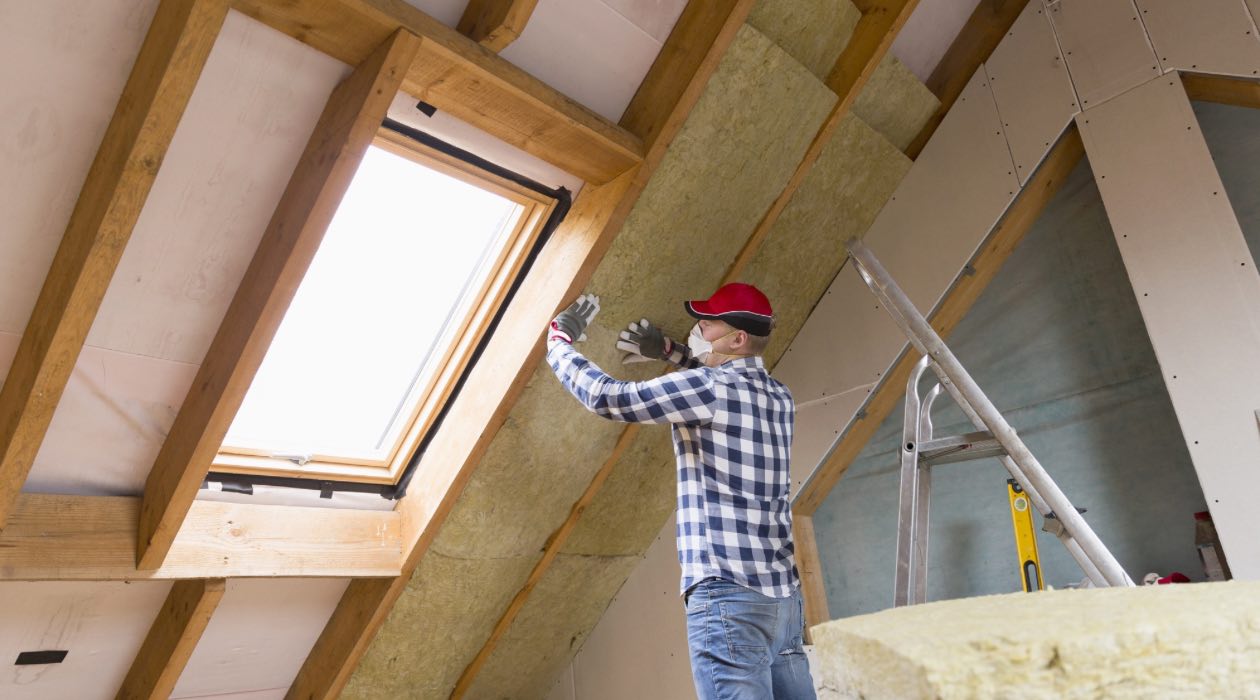
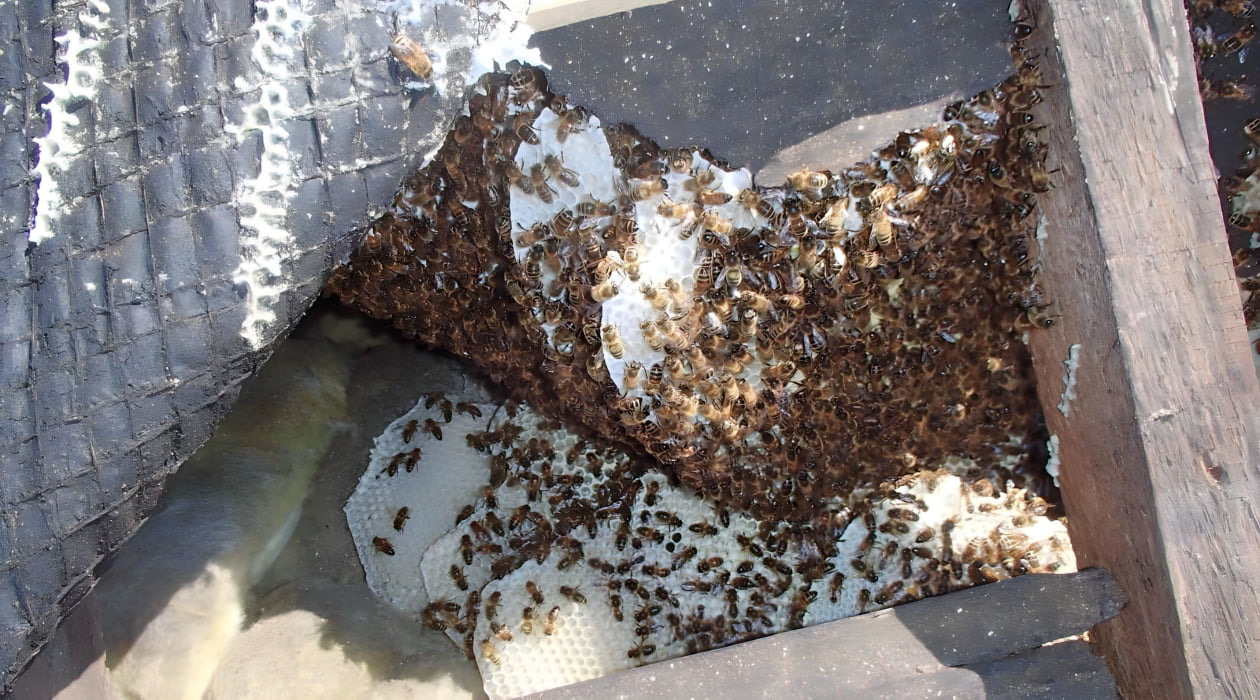
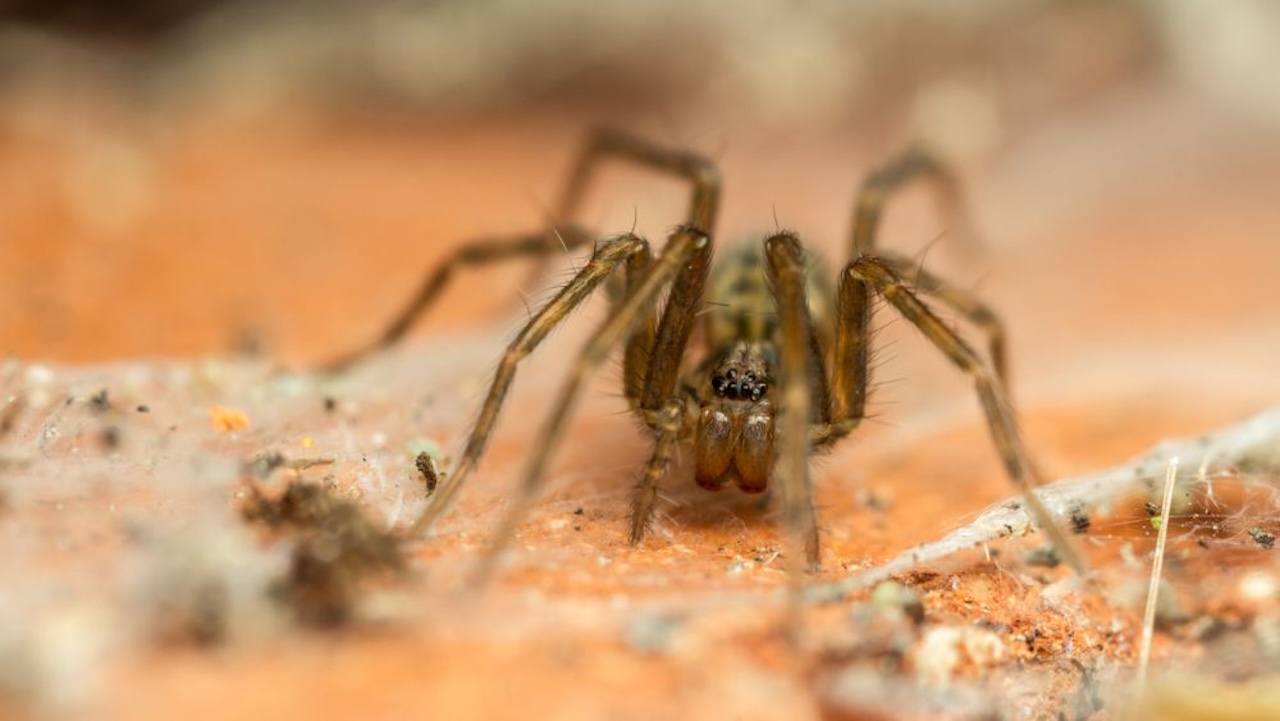
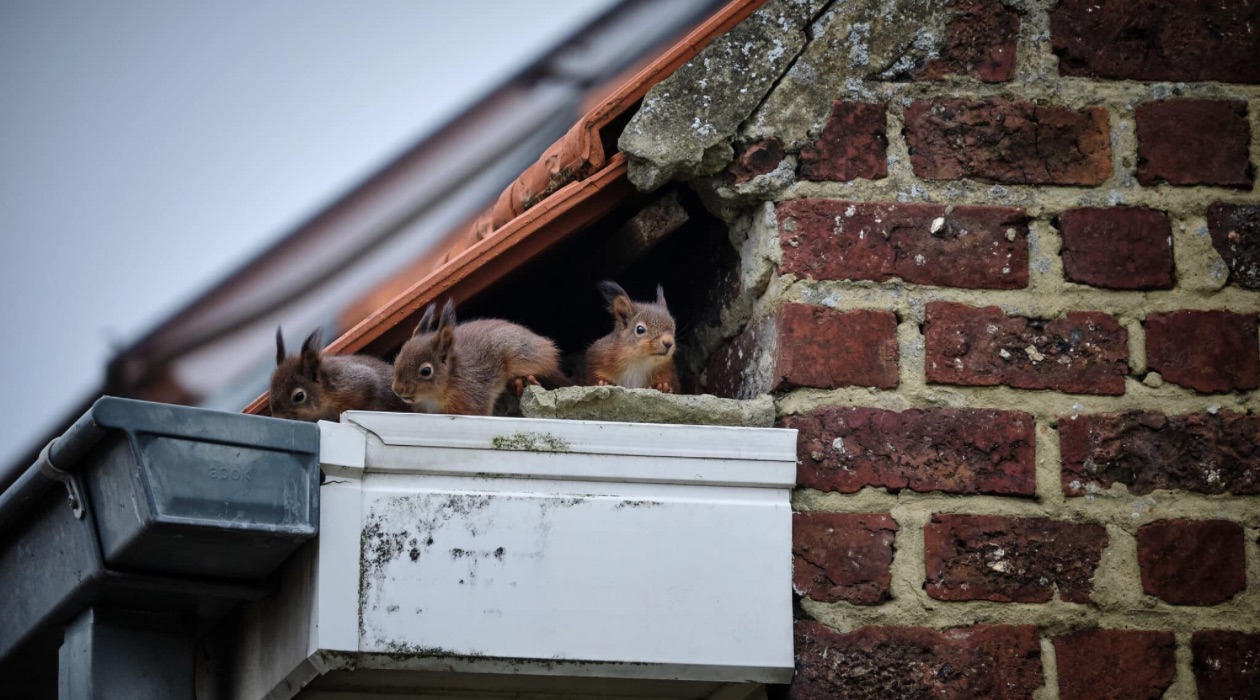
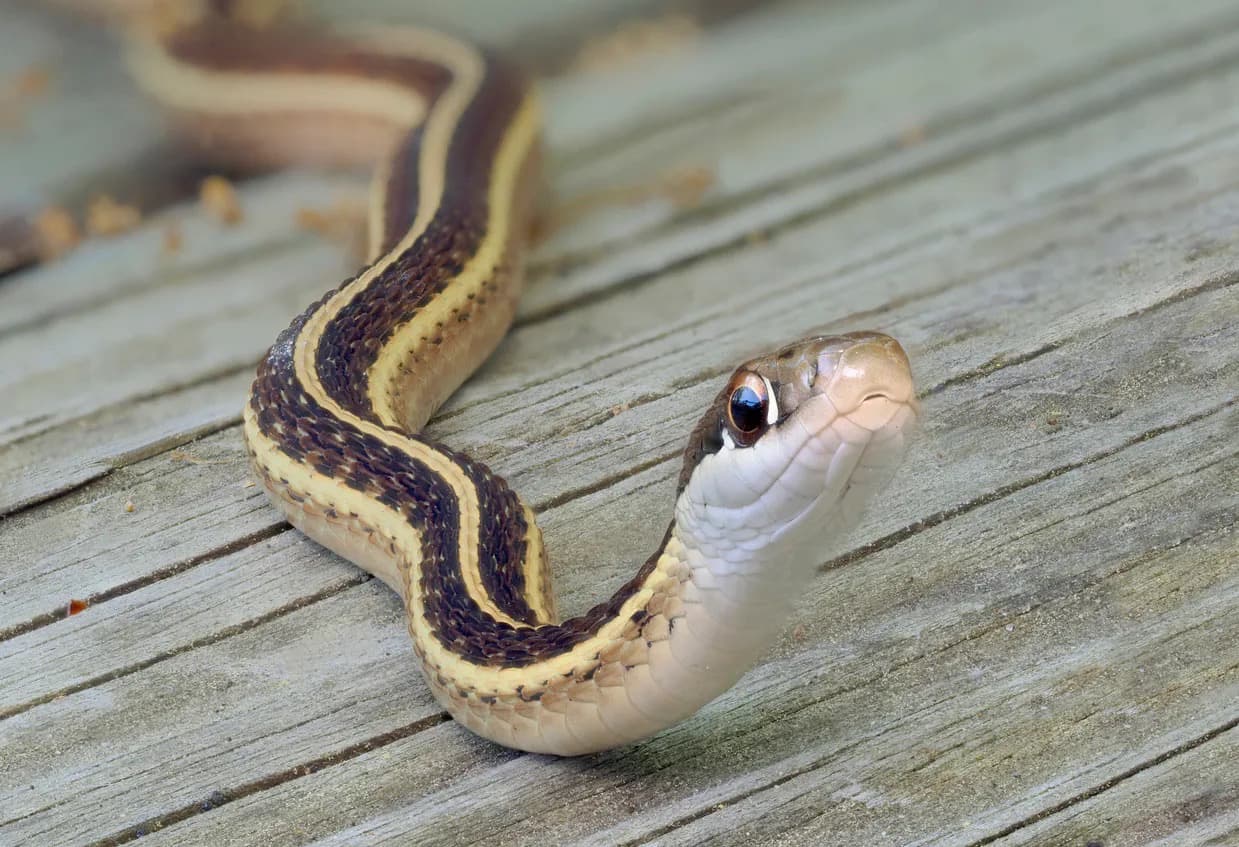
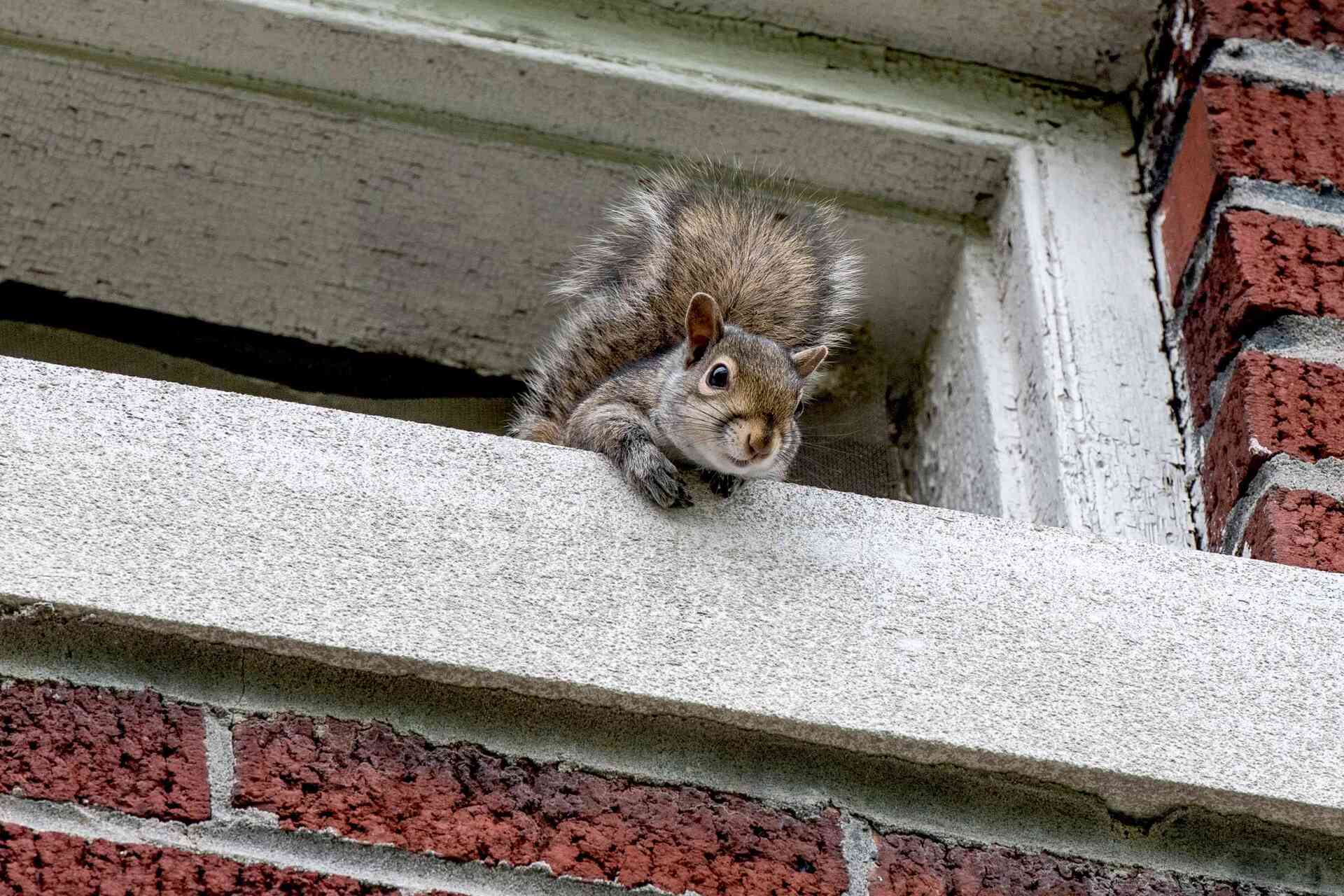
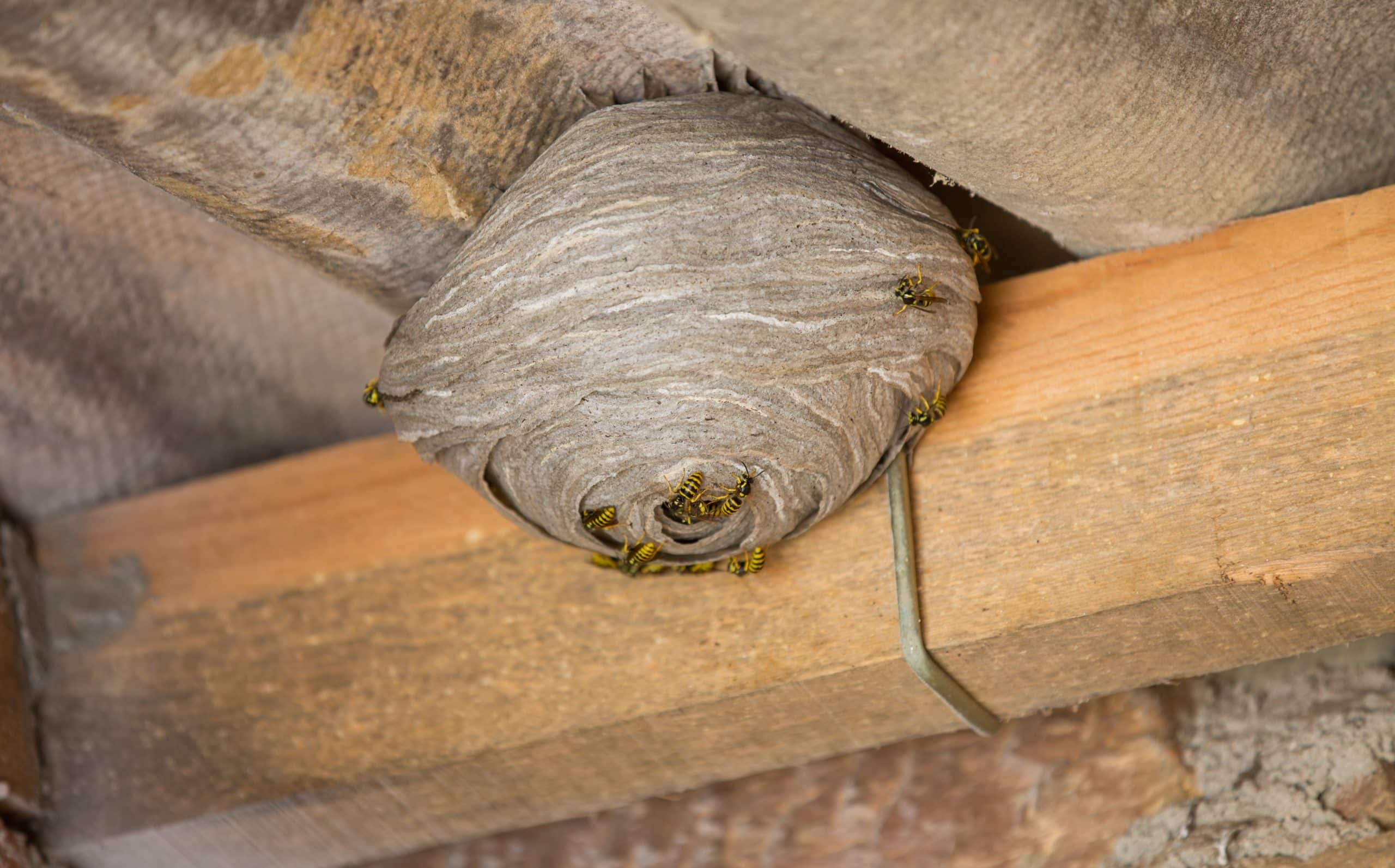
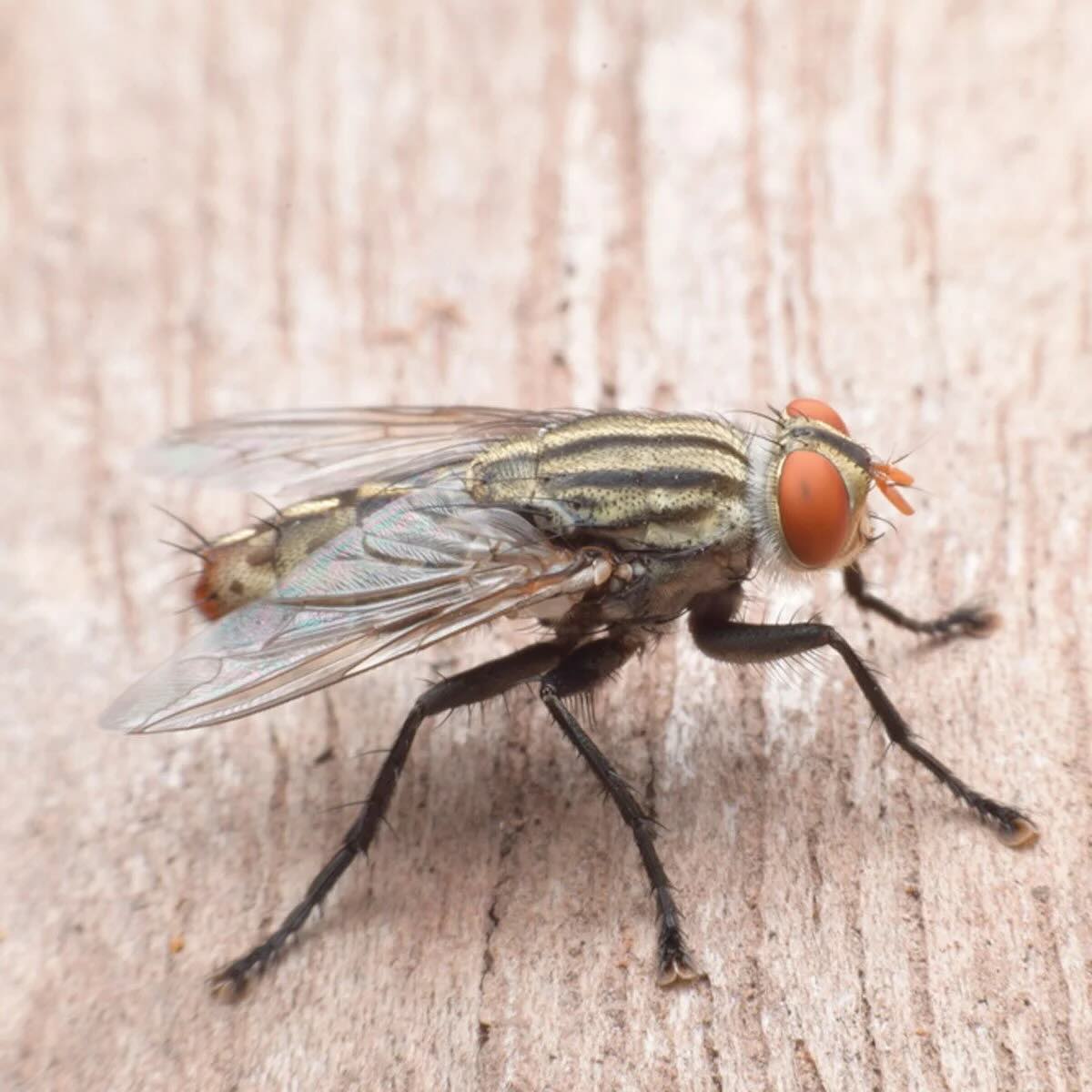
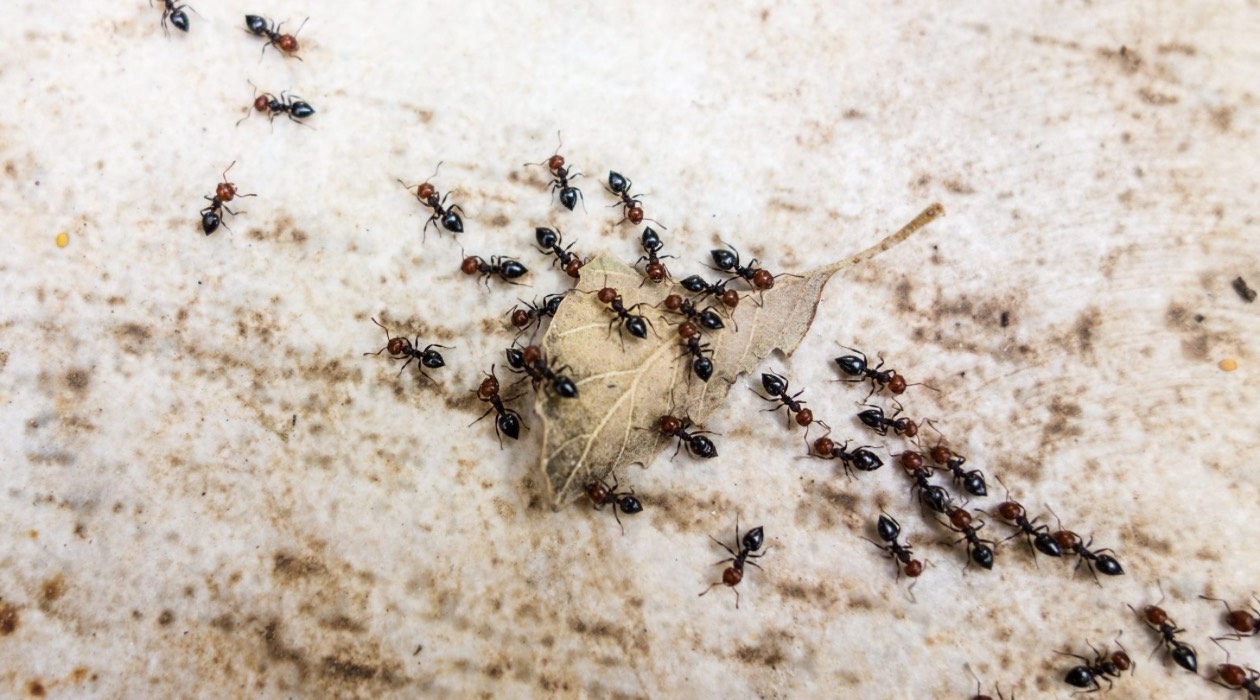
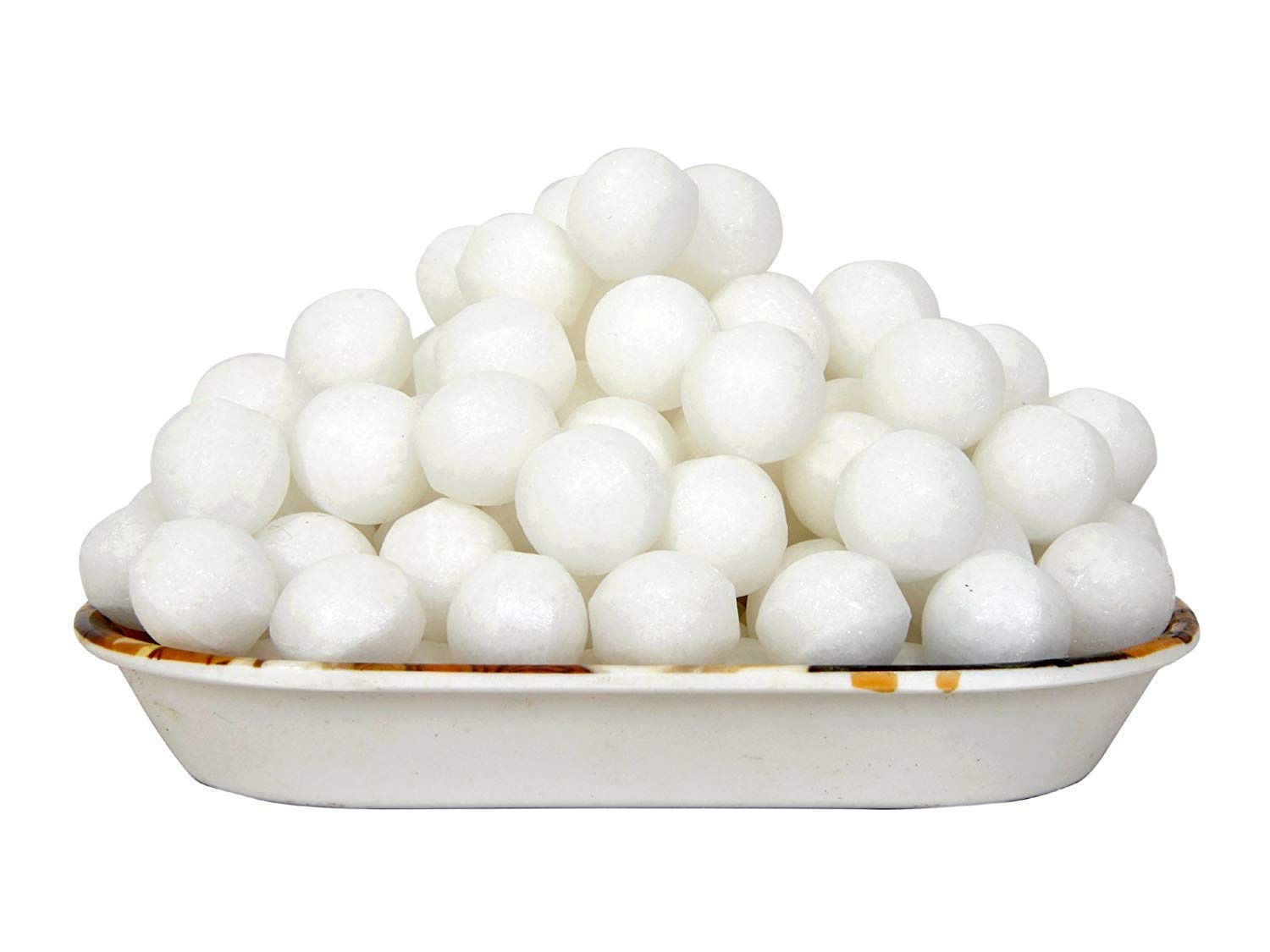
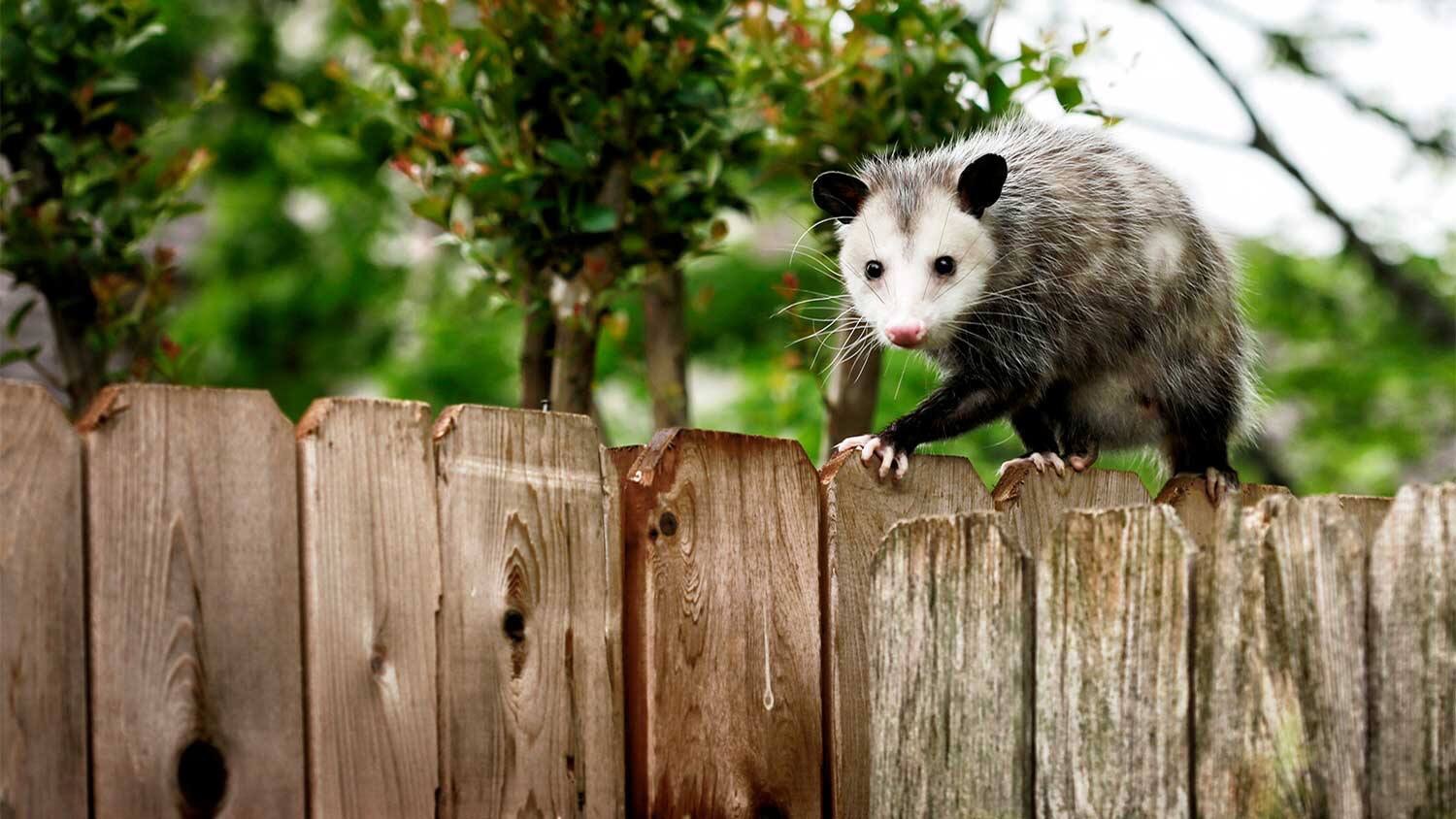
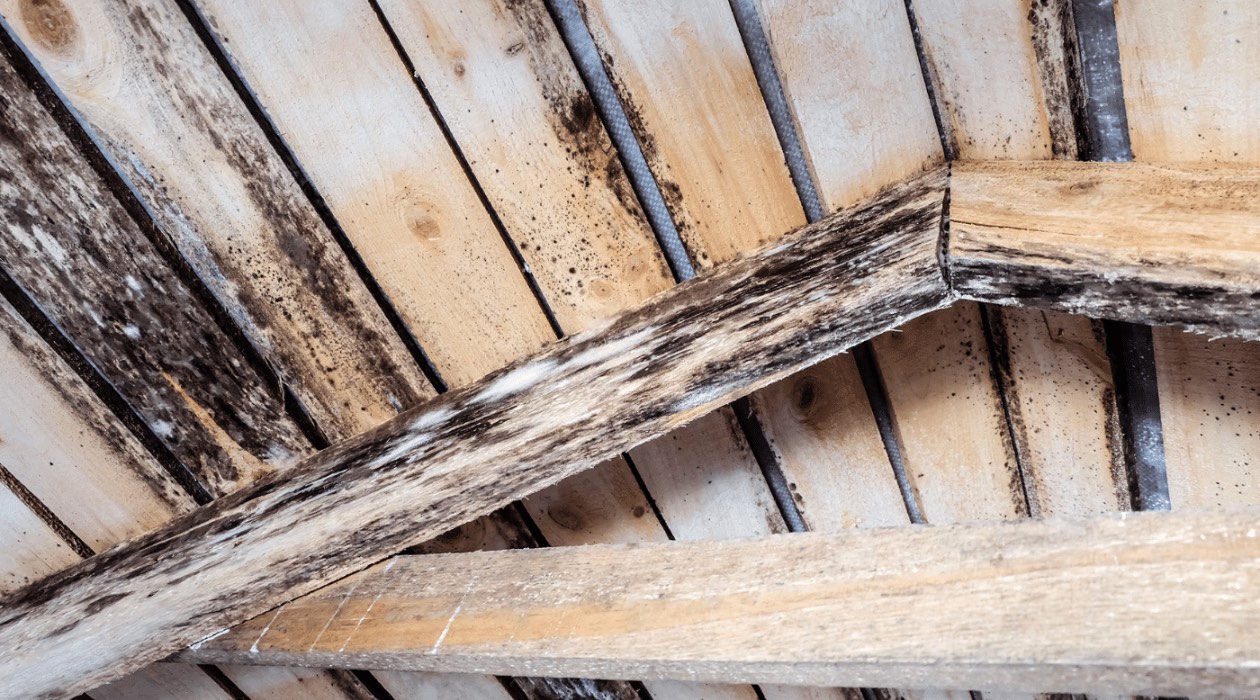
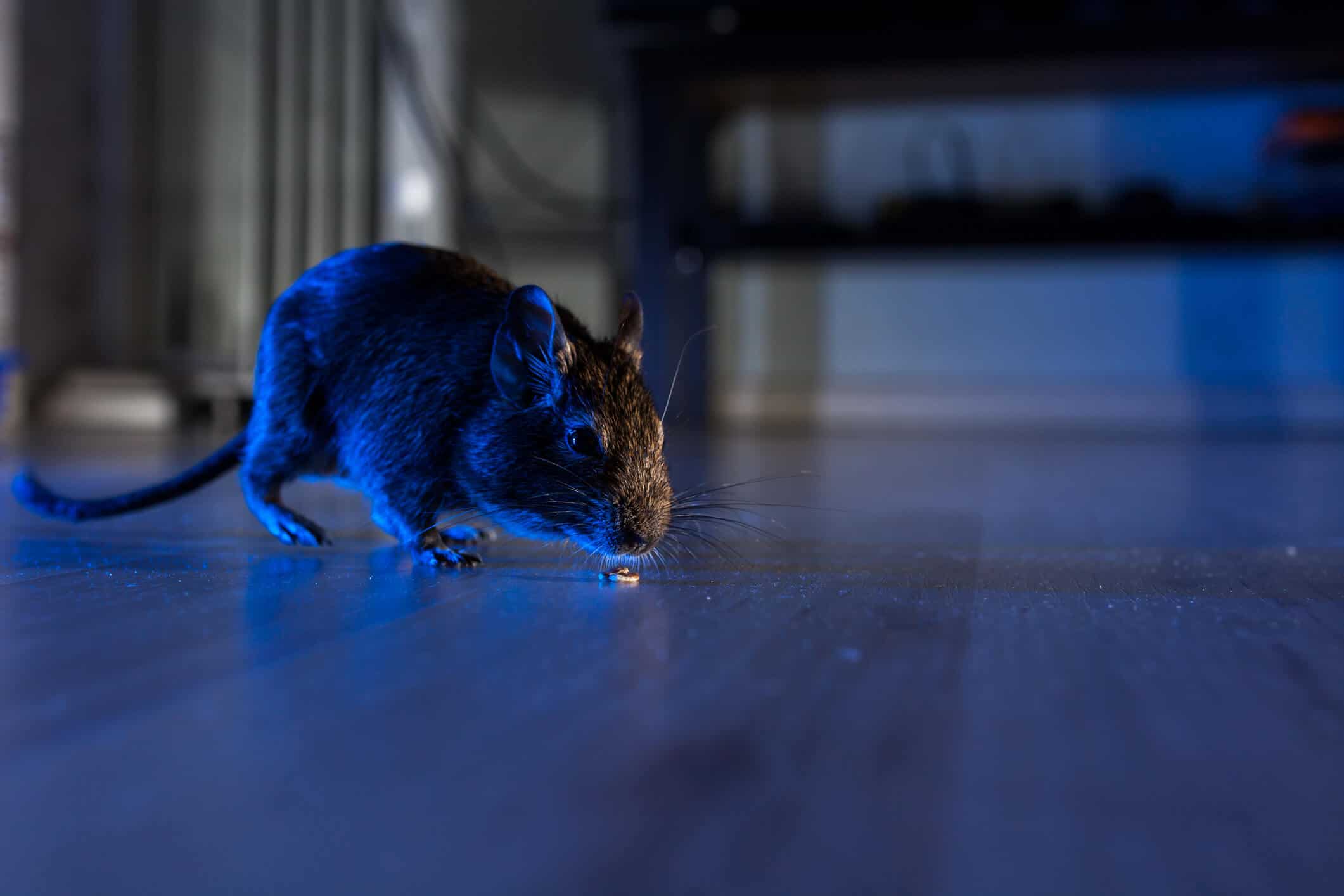

0 thoughts on “How To Get Rid Of Termites In The Attic”